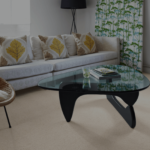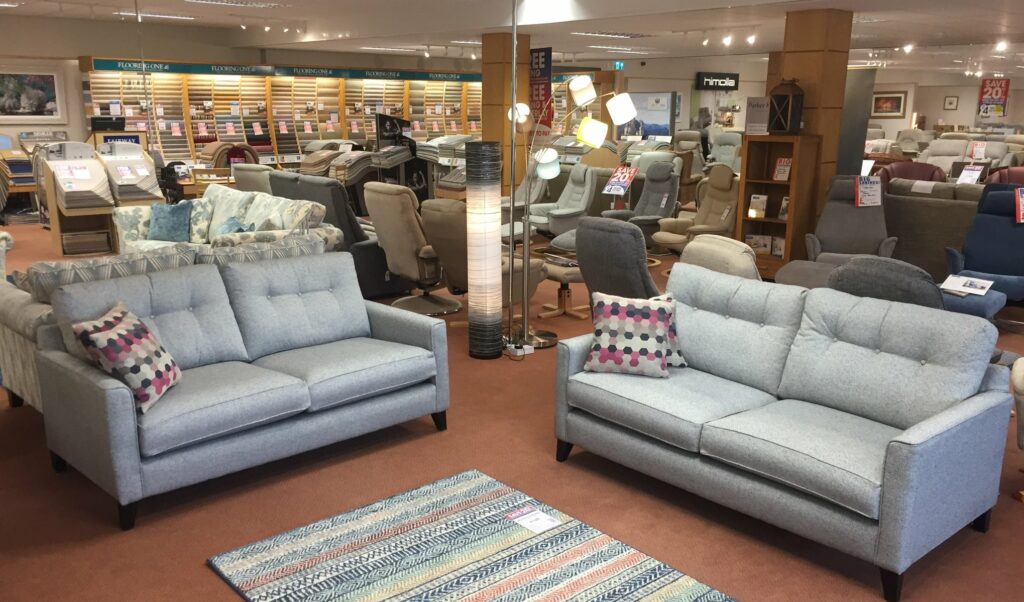Phillip Bott-Hansson, planning director at krow London, unveils the consumers psyche by bridging the gap between desires and declarations in furniture shopping.
The furniture industry has always been fiercely competitive, but with the rise in e-commerce and dropshipping, it’s on the verge of becoming oversaturated. A quick search online or a browse on social platforms reveals myriad copies, dupes, and products that offer very little to distinguish themselves from one another.
There’s a very real risk of retailers’ furniture becoming a commodity – that is, a product viewed as equivalent to and interchangeable with another no matter who produced it. Consumers are overwhelmed and looking for a way to tell these products apart.
Furniture retailers often make the mistake of thinking that the deciding factor for consumers is price. It’s not. Price is important, and it might be what consumers say they care about, but that’s a rational consideration. And ultimately, consumer buying behaviour isn’t determined by the rational part of our brains.
In fact, according to Harvard Business School professor Gerald Zaltman, roughly 95% of human decision-making is unconscious so we have to take what consumers say they want with a pinch of salt and look at what they actually do instead.
For example, we’ve been able to use the psychological research tools of our sister agency, IB, to get under the skin of what consumers really want when buying furniture. These tools and techniques focus on their unconscious reactions rather than their surface-level conscious responses.
When consumers talk about furniture, they tend to say their priorities in a retailer are range and style. But that’s a comment on how they want to shop, not the value they want to get from their furniture and home. So, it’s not the reason they ultimately buy their new sofa.
Brands need to look at that value piece. Value doesn’t just mean price – it’s price and quality combined. And quality doesn’t just mean physical quality – it’s emotional quality, too.
When it comes to furniture, we found that a large part of what people unconsciously associate with the living room is safety, rejuvenation, and comfort. Consumers want a place to shut off from the outside world and be themselves.
When you understand the motivations and needs that are homogenous to the market, you can attract more people within the market by creating communications, products and services that appeal to that unconscious desire. You can craft a positioning, purpose and value for your brand that consumers genuinely see as worthwhile and prevent your brand from becoming a commodity.
Humans connect to stories and emotions, so building a story around that insight will help consumers remember the brand and persuade them to give up much-needed energy to change their opinions (which is exhausting – as humans, we hate to do this). This is a far better route to sale than relying on the 5% of the human brain that makes rational decisions.
We worked with a leading furniture retailer to help open up new opportunities of growth. By understanding consumers’ unconscious buying behaviour within the category, we helped them rebrand.
By using a more emotional story and purpose, it gave people a reason, other than price, to buy from the brand. Mass awareness channels like TV are the best for driving stories and storytelling, so the brand launched its biggest brand campaign ever, to really shift perceptions in the market. In the end, it proved highly effective for them.
None of this is to suggest that appealing to the 5% of our brains that do make rational decisions isn’t important. The brand story is most valuable at the beginning of a consumer’s buying journey when you need to affect their perception of you, hit that unconscious motivation and attract them to your store or site.
As they move down the funnel, from narrowing down their options to deciding where and how to purchase, functional messages that back up the brand story have an essential role to play. In the final moments before purchase, consumers look for reasons to justify their decision, whether it’s a good price, free delivery, or a premium experience. That’s when brands should hit their rational side.
But even in the current economy, shouting about low prices from the off isn’t the way to connect with consumers in the furniture industry. Humans connect to stories, and they want that story to provide value. Knowing what your customers really want, not just what they say they want, is essential to give them that.















